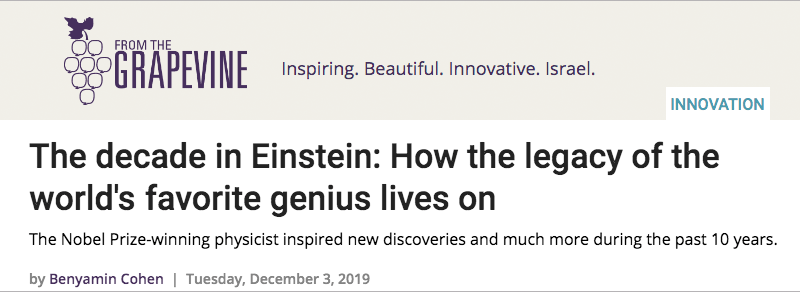
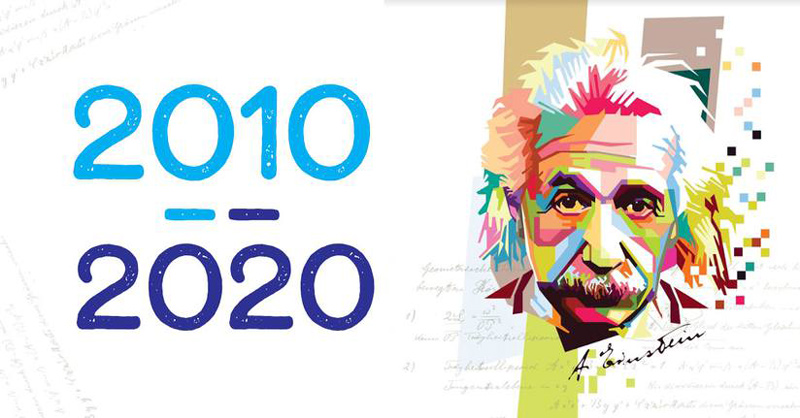
More than 60 years after his passing, the fascination with Albert Einstein remains. “Einstein’s face is the most recognizable face worldwide,” said Hanoch Gutfreund, the former president of Hebrew University and the director of the Albert Einstein Archives. “The interest in Einstein does not fade into history. If anything, if one can say anything about this, the interest in Einstein increases with time. It’s greater now.”
Gutfreund would make a great news director, because it seemed liked history’s most famous physicist made all manner of headlines in the past decade. The last 10 years have been replete with new scientific discoveries based on Einstein’s theories as well as artists of all types who were inspired by the genius. Time magazine may have named Einstein its “Person of the Century” 20 years ago, but we’d argue he’s just as relevant now as he’s ever been.
So let’s take a trip back into the space-time continuum and into the 2010s.
Einstein’s black hole is revealed
In April 2019, astronomers from around the world held six major press conferences simultaneously – in Belgium, Chile, Shanghai, Japan, Taipei and the United States. At the event, they revealed something no human had ever seen before: the first-ever photograph of a black hole. The historic photo was 100 years in the making, almost to the day. In May, 1919, Einstein sent two expeditions across the globe to photograph a solar eclipse. The resulting picture helped prove his theory of general relativity, and turned the physicist into a celebrity overnight. Einstein’s theory predicted the existence of black holes – but it had never been shown in a photo, until now. “It is proof that Einstein is right again in a very slam dunk kind of way,” said Jonathan McDowell, a Harvard astrophysicist. “It’s a mic drop for Einstein’s theory of general relativity.”
Never-before-seen footage surfaces
Archivist Becca Bender was sifting through some old boxes in 2017 when she stumbled across a 35-millimeter film canister that had the word “Einstein” on it. “Is it the Einstein? We had no idea what we were going to find,” Bender told From The Grapevine about the discovery. Indeed, it was footage of the physicist doing something remarkable – driving a flying car in front of a green screen. The film dated back to 1931 and chronicled Einstein and his wife, Elsa, visiting a Hollywood soundstage. Moving backdrops appear on the screen behind the parked car, so it made it seem like the Einsteins were on a whirlwind adventure – even driving through the clouds at one point. “It was in beautiful, beautiful condition. The image is just pristine. It was overwhelming, quite truthfully,” Bender said. “It’s like archive nerd heaven.” And it was probably for the best that the car was parked. The Nobel Prize-winning physicist famously didn’t know how to drive.
110 new Einstein documents unveiled
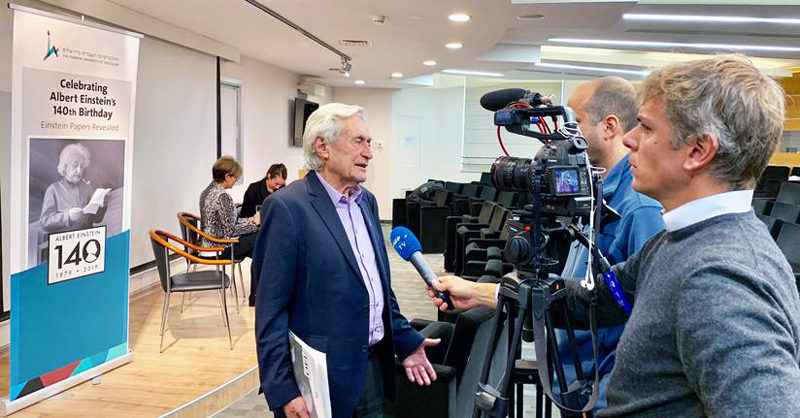
The Albert Einstein Archives are usually a place of quiet and deep thought, but it was abuzz with excitement as 110 new documents were unveiled to the public for the first time on what would have been the 140th birthday of the genius earlier this year. The never-before-seen cache was acquired from a private collector in Chapel Hill, North Carolina. Among the new items was what’s known among Einstein-philes as “The Elusive Page 3,” a document that has not been seen since 1930. It was then that the physicist published an article about his unified field theory with an appendix attached. Page 3 of that appendix had gone missing and was thought lost until now. “This is a rare find,” exclaimed Dr. Roni Grosz, the curator of the Albert Einstein Archives. “And we couldn’t be an important collection without original material.”
Einstein inspired art (and cake)
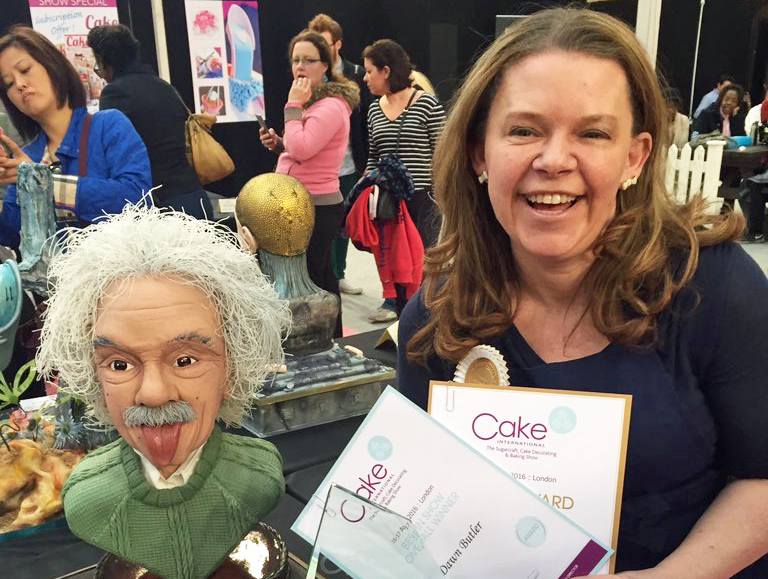
Einstein’s iconic look served as inspiration for various artists during the decade. Two bakers – one from England and one from Turkey – won awards at different baking competitions for cakes in the shape of Einstein’s head. An artist from Wales created a portrait of the scientist using nothing more than a candy called Smarties. (Get it? Smarties?) But humans weren’t the only ones inspired by Einstein. A robot in Taiwan made a painting of the beloved genius, while a D.C. artist trained a robot to paint a masterpiece of Einstein. “There’s no more iconic figure than Einstein,” said Dawn Butler, a police officer-turned-cake decorator. “I love his dedication. I love the fact that he didn’t take life too seriously. I’m often referred to as the cake genius. So it was kind of tongue in cheek that I would create a genius in cake. It was really good fun.”
Einstein entered the Guinness Book of World Records

On a cold 2017 winter morning in Toronto, more than 400 people gathered https://www.fromthegrapevine.com/innovation/largest-einstein-gathering-breaks-guinness-world-record at a local science museum to break the Guinness World Record for the most Albert Einstein lookalikes in one place. The previous record was 304, set in 2015 by an elementary school in California. One of the 404 people who donned wigs and fake mustaches to dress up as the iconic, frizzy-haired genius was Rich Zagorski, a spot-on Einstein doppelgänger who drove seven hours from Albany, New York, to be a participant in the historic event. “I’m usually that guy that people think looks like Einstein,” he told a local newspaper. “Here, I’m just part of the crowd.”
Einstein prediction led to new era of astronomy
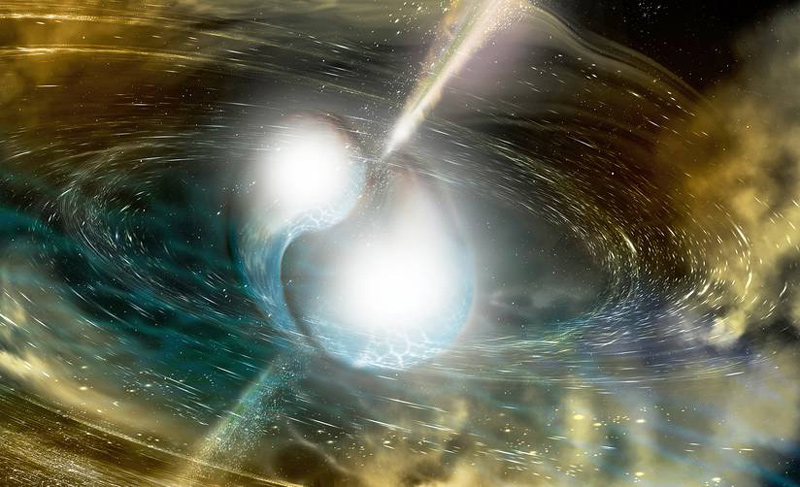
Scientists this decade announced that they had witnessed a never-before-seen event: the merger of two neutron stars from a gravitational wave. The discovery was made public with a blizzard of studies, including one in The Astrophysical Journal Letters that had 4,500 authors – a third of all the professional astronomers in the world – from 910 institutions. Kate Becker of PBS said this “astronomical ‘Rosetta Stone’ will change our understanding of the universe.” This dawn of a new era in astronomy is all based on one of Einstein’s predictions that he made a century ago. The news made international headlines, and the science community called it one of the greatest discoveries of modern times.
Einstein auctions broke records
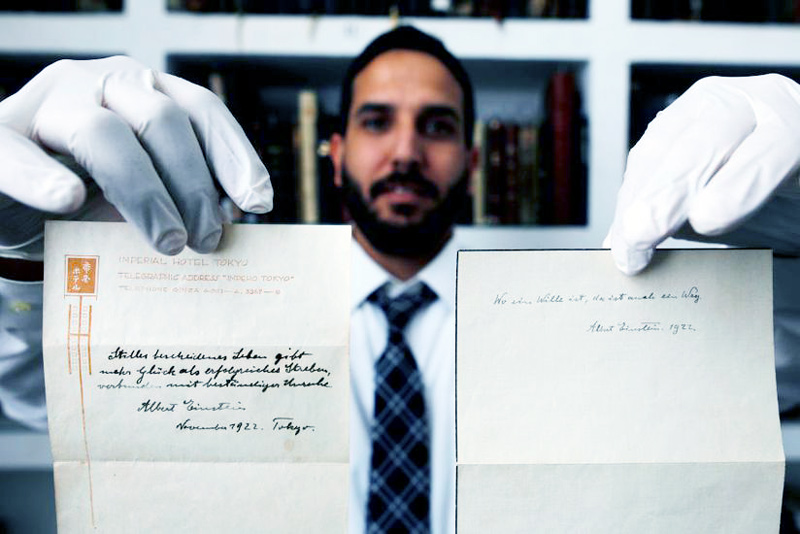
When Albert Einstein was staying at a Japanese hotel in 1922, he found himself without any cash for tips. So he scribbled two notes and handed them to the bellhop, reportedly telling him, “One day these will be worth something.” The genius certainly knew how to make a prediction. Those two notes sold at auction in Israel in 2017 for $1.56 million, the largest sale of Einstein memorabilia in recent history. That same year, Michael Jackson’s best friend, Uri Geller, purchased a letter written by Einstein. In 2015, a batch of Einstein’s letters fetched $420,000 at auction. In 2016, we reported on a letter that Einstein wrote to his son that was auctioned for around $100,000. An autographed copy of the iconic photo of Einstein sticking his tongue out sold for $125,000 at auction. “Einstein is a cool guy with the tongue, with the hair. But come on, tongue and hair, we’ve seen with others,” the curator Grosz told us. “We have Mick Jagger. But Mick Jagger’s not on par with Einstein.”
Einstein got some much-deserved adoration from the Emmys
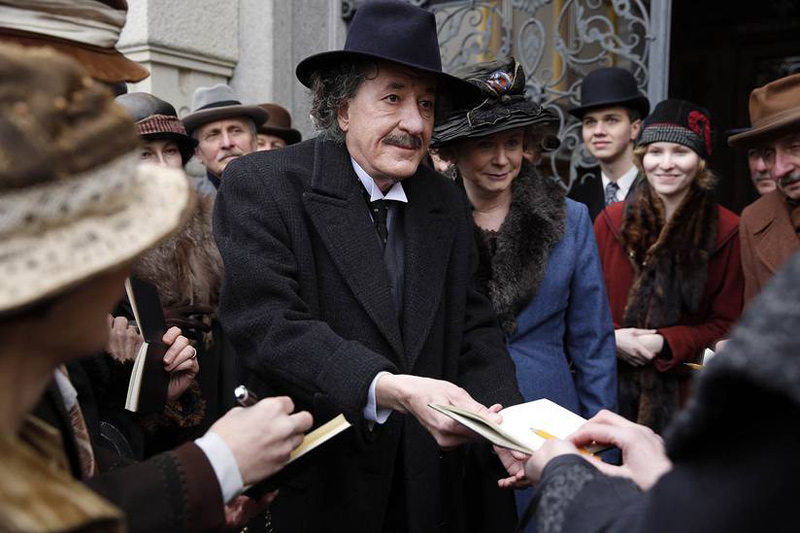
One of the biggest Einstein stories of the decade was the 2017 “Genius” TV show on the National Geographic Channel, produced by Academy Award winners Ron Howard and Brian Grazer. The 10-episode series, starring Geoffrey Rush as the titular genius, tracked the life of the famous scientist from his rambunctious youth in Germany to his years as an elder statesman in the U.S. The show was nominated for 10 Emmy Awards and received high praise from critics. “What was the most enticing was diving into aspects of the Einstein you didn’t know,” said Howard. “As a young man, he was free thinking, a Bohemian … He was determined to understand and that just kept driving him. The epitome of curiosity just kept fueling him.”
Einstein’s gravitational waves prediction was confirmed
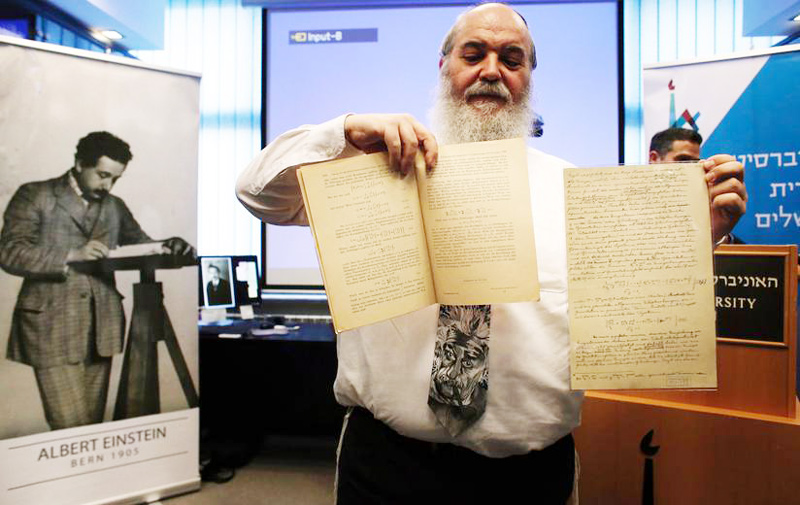
More than 100 years after Einstein wrote his theory of gravitational waves, it had never actually been proven … until 2016 when a team of scientists finally confirmed his findings. “This is a watershed moment for physics and for science,” said Sean McWilliams, a physics professor at West Virginia University who worked on the team that detected these invisible ripples in space. “The direct observation of gravitational waves will fundamentally change our understanding of the universe.” The New York Times called the chirping of the gravitational waves “among the great sound bites of science, ranking with Alexander Graham Bell’s ‘Mr. Watson – come here’ and Sputnik’s first beeps from orbit.”
And in the decade ahead: The Einstein Archives will open to the public
The Albert Einstein Archives is currently housed in a handful of second-floor offices on the Jerusalem campus of Hebrew University, a school Einstein helped establish. Well, here’s something to look forward to in the coming decade: The archivists announced that they’ll be getting their own dedicated building that will be open to the public. They will move into a two-story planetarium where it will house Einstein’s personal library, an exhibition space and a visitor’s center. And strangely, one of the people behind the project is the co-creator of the “Power Rangers.” The new building will be called the Einstein House, as the term “museum” was never a favorite of the genius.
Other Einstein news that happened this decade includes:
- Somebody created an Einstein robot
- Another guy created a font based on Einstein’s handwriting
- The woman who studied Einstein’s brain passed away
- Comedian Steve Martin wrote a play about Einstein
- You have Einstein to thank for the wildly popular Pokemon Go app
- A town where Einstein once lived became a prime selfie spot
- Kelly Ripa and Ryan Seacrest got stunned by an Einstein prediction